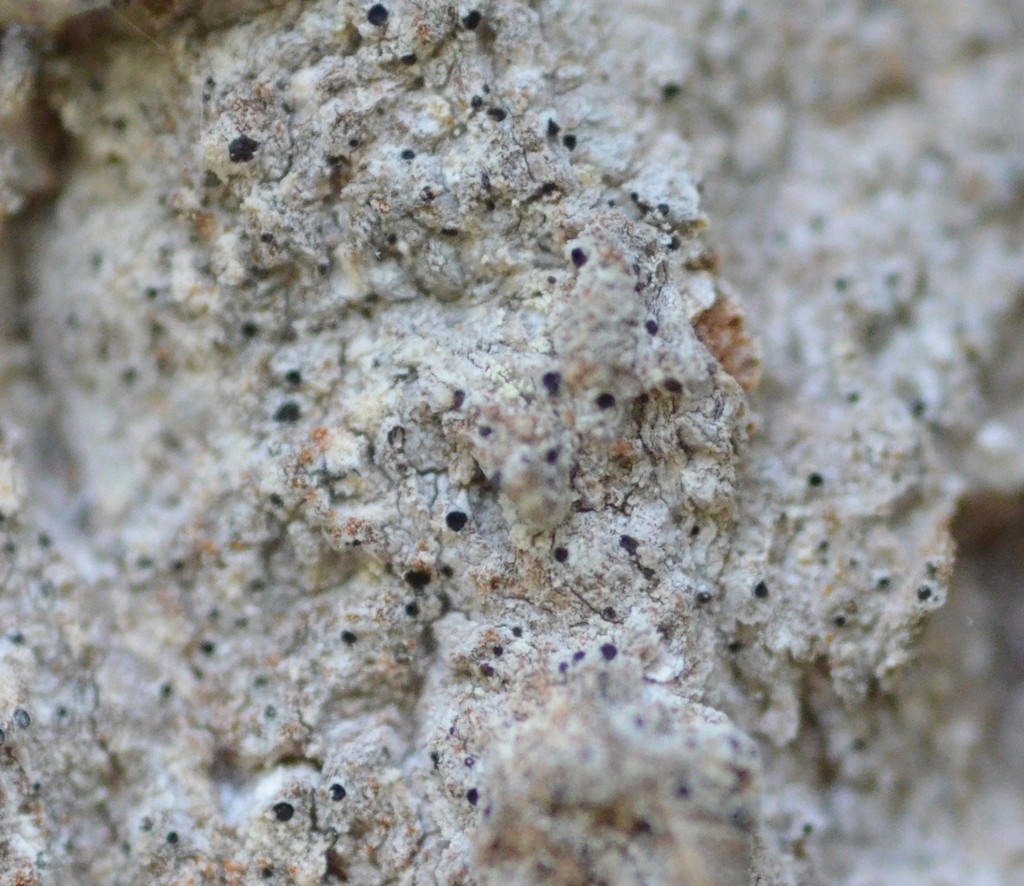Inoderma
Scientific name: Inoderma
Inoderma
Scientific name: Inoderma
 Photo By Carl-Adam Wegenschimmel , used under CC-BY-4.0 /Cropped and compressed from original
Photo By Carl-Adam Wegenschimmel , used under CC-BY-4.0 /Cropped and compressed from original Description
Inoderma forms a unique symbiotic relationship, typically with algae or cyanobacteria, creating a complex organism known as a lichen. These lichens often grow on trees, rocks, and soil, thriving in diverse environments from forests to deserts. Interestingly, inoderma has a robust ability to survive in harsh conditions and even plays a crucial role in ecosystems by helping to break down rocks into soil, fostering plant growth.